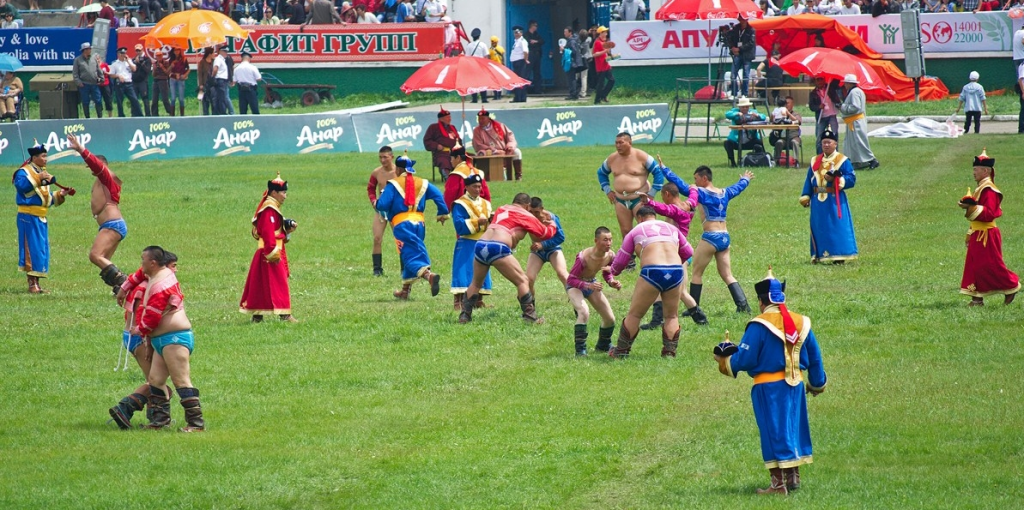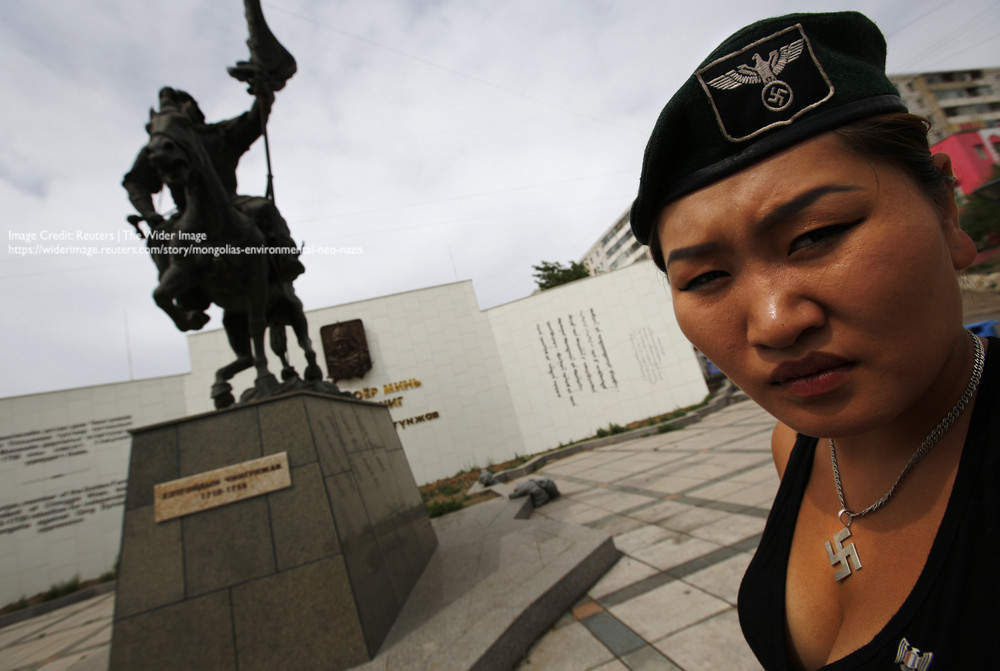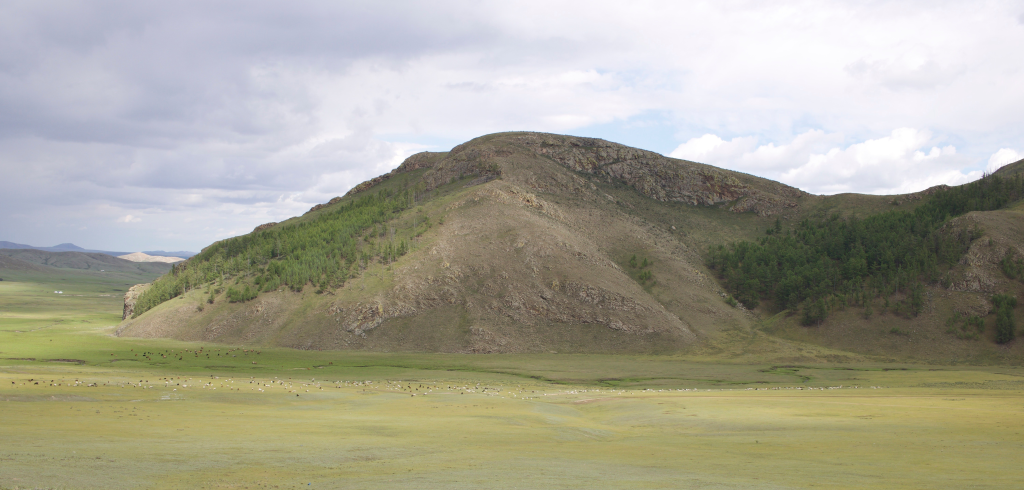With the waning of the summer, the nights are getting longer and the weather is getting colder. Before long, the winter will be upon us, which means that temperatures will precipitously dip into -30-40 Celsius, and thick blankets of snow will cover the hilltops. It also means that the crisp Mongolian air will soon become dangerously polluted.
Smart Air Filters, founded in 2013, “is a small social enterprise that promotes DIY air filters as a low-cost solution to indoor particulate air pollution in China.” This September, they will be expanding into Ulaanbaatar, Mongolia, offering workshops on their DIY air filter kit designs. They will be at Cafe Camino* on Friday, September 11 from 6:30pm – 8:00pm and on Saturday, September 12, from 10:30am – 12:00pm. The original kit includes a filter, a fan and a strap for about $33 or 65,500 MNT. The cannon kit is about $75 or about 150,000 MNT for larger areas. For more information: http://smartairfilters.com/en#diykits


In Ulaanbaatar, the main cause of air pollution is coal combustion for cooking and heating. Some people burn whatever they can in the cold winter months to keep warm. The ger districts, also the poorest districts, encircling the city is the main source of this type of pollution. Because they live in traditional yurts without central heating, they have little other sources of heat. This also means that they are the most at risk of developing dangerous respiratory diseases.
In recent years, Ulaanbaatar has held the ignominous title as one of the world’s most polluted cities. The level of small dust, called Particulate Matter (PM), is 6-7 times greater than even the most lenient measures of the World Health Organization (WHO). Particulate Matter, invisible to the eye, travels through the air and when breathed in, gets stuck in the lungs. PM2.5, which refers to PM that is smaller than 2.5 microns, can cause severe respiratory illness.
 Look at the WHO Annual Average Guidline and the Measured Monthly Average. Quite a difference.
Look at the WHO Annual Average Guidline and the Measured Monthly Average. Quite a difference.
The effects of breathing in PM2.5 is not pretty. A 2013-published study by Simon Fraser University’s Faculty of Health Services** estimated that 29% of cardiopulmonary deaths and 40% of lung cancer deaths were attributable to outdoor air pollution. According to the study, “These deaths correspond to nearly 10% of the city’s total mortality, with estimate ranging to more than 13% of mortality under less conservative model assumptions.”
Not only is Ulaanbaatar losing 10% of its population to the effects of air pollution, but it is also giving its future citizens a dark start. Maternity hospitals in Mongolia have seen an uptick in the number of birth defects in newborns, including cleft palates, weak bones, underdeveloped vital organs and, in particular, congenital heart disease.
Since 2011, the city has ramped up efforts to decrease air pollution. In January 2011, President Elbegdorj called the pollution a public health “disaster” and appealed for greater cooperation to clean up the air. However, despite millions of donor dollars spent on projects ranging from cleaner stoves and heat insulation to increased incentives to move people out of the gers and into low-cost apartments, the problems persist.
The biggest problem is the ger districts, as the main source of “dirty” substance burning. However, it is not as easy to transition them out of the gers. For one thing, it’s expensive, although this could be overcome eventually. Most pressingly, the ger districts have created informal economies that depend on the current structure. They are unwilling to switch to an apartment building because that would threaten their businesses and main sources of livelihood. The government and powers-that-be (development agencies) cannot see a clear solution because the issue is a dynamic amalgamation of economic, social and ecological changes in modern Mongolia – one that has been in process since the Democratic Revolution.
This is not to say that there are solutions, the Smart Air Filter being one of them. Low-cost solutions and innovation of existing technology is absolutely essential to help aid those most affected by the air pollution. We have to think broadly about the roots of the issue – economic stagnation, poverty, official unemployment, the harsh winters, etc. Implementations put into place now will take years, if not decades, to reap. Many of what will help is dependent on other occurrences such as the Chinese economy and global climate change, just to name a couple. Therefore, the immediate action we can take now is inform the public and equip them with the materials needed to keep them healthy.
*As per Smart Air Filter’s poster, directions to Cafe Camino: “Head toward the State Department Store on Peace Ave. Turn right onto the street that has Mary & Martha/Soup Bar. Make your first left onto the side street before you hit Mary& Martha/Soup Bar. Cafe Camino will be on your right-hand side.”
** Allen RW, Gombojav E, Barkhasragchaa B, Byambaa T, Lkhasuren O, Amram O, Takaro TK, Janes CR. Faculty of Health Services, Simon Fraser University, 8888 University Drive, Burnaby, BC V5A 1S6, Canada. Air Qual Atmos Health. 2013 March; 6(1): 137-150. Epub 2011 Aug 9.
Other sources:
http://urbanemissions.blogspot.com/2008/12/clean-air-analysis-for-ulaanbaatar.html





Leave a comment